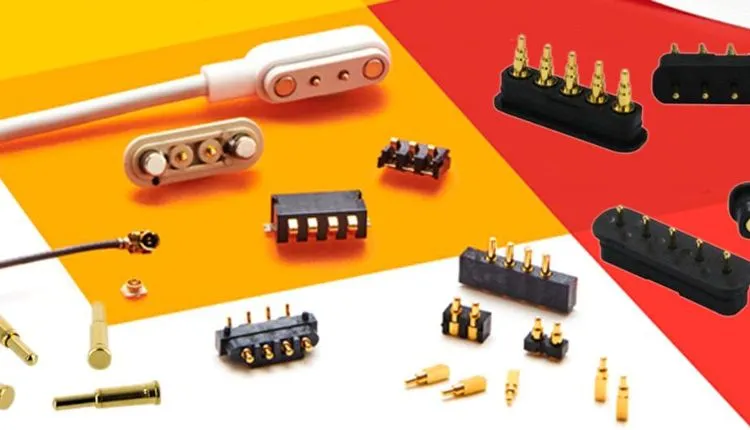Spring loaded pins, sometimes called spring-loaded contacts, spring probes or pogo pins, provide a highly-reliable, precision made interconnect solution for a variety of demanding application requirements in the fast moving world of electronic interconnects. The key to a long-lasting spring-loaded pin is a good combination of base-area to length proportion. This ensures that the base of the pin is large enough to provide a solid seal against oxidation and also rust.
The Plunger
The plunger is a simple, yet effective tool for unclogging drains and toilets. There are different types of plungers to choose from, so it is important to know what type you will need before you purchase one. A plunger consists of a cup that sits over the drain and a handle to apply pressure on the cup. This creates suction and pressure that pushes the clogged material down the drain and forces it to break up.
When using a plunger, make sure the cup is covered with enough water to create pressure on the clog. It is also important to cover the overflow opening in a sink or bathtub to help create even more pressure on the clog. A standard plunger has a rubber cup that sits at the end of a straight handle, commonly made from wood. They are most commonly used to clear sinks and floor drains.
The Barrel
The barrel of a pogo pin spring loaded pin is the body of the pin and contains the plunger. It’s a circular piece of wood with slightly bulging sides, usually made of staves hooped together, and ends flat. The term “barrel” is also applied to a cylindrical container or drum of any material, especially one that holds liquids. They can be wood, metal or plastic. A barrel is usually used to store a variety of products such as water, oil, alcohol, and food. It can also be a container used to store gunpowder or ammunition.
A pogo pin is an electrical connector mechanism known for its durability and its ability to provide and maintain an electrical connection that resists mechanical shock and vibration. This is due to the integrated helical spring that applies a constant normal force against the back of the mating receptacle or contact plate, counteracting any unwanted movement that might cause an intermittent connection.
The Spring
A pogo pin is a spring-loaded pin mechanism used in electronics to establish an electrical connection between two circuit boards. When the metal contacts on a pin’s tip press against copper traces on a PCB, the pin’s spring-loaded mechanism creates an electrical contact that can transfer data or power between the two devices. A spring-loaded pin is one of the most popular connectors for a variety of applications, including computer peripheral devices, electronic test equipment, industrial machinery, telecommunication equipment, consumer electronics, cell phones, GPS devices, digital cameras and video game consoles. It is a durable and resilient connector mechanism, making it ideal for harsh environments where mechanical shock and vibration can cause other types of pin mechanisms to break down.
The unique construction of a pogo pin, or spring-loaded pin, incorporates an integrated helical spring that applies a constant normal force against the back of the mating receptacle or contact plate, counteracting any unwanted movement which could cause an intermittent connection. This helical spring makes pogo pins different from other types of pin mechanisms, and it helps them become well-known in the electronic industry.
The Target
Spring loaded pin are precision parts fabricated with a turning and spinning process that does not require a mold, making them ideal for production of smaller quantities at a lower cost. The pin’s connection path requires a mating receptacle, called the target or land. The target consists of a flat or concave metal surface, and unlike the pins, has no moving parts. It may be a separate component in the complete connector assembly, or a plated area on a printed circuit board.
The target is a crucial component of the pogo pin’s design, as it provides a secure electrical contact between the pin and the mating receptacle. It also protects the pin against vibration, shock and other types of movement that can cause an intermittent connection.
Conclusion
For decades the spring loaded pin (also known as pogo style probe pin) has delivered excellent mechanical and electrical performance in a highly compliant contact. However, this often came at a high cost due to the construction of three to four discrete parts.
